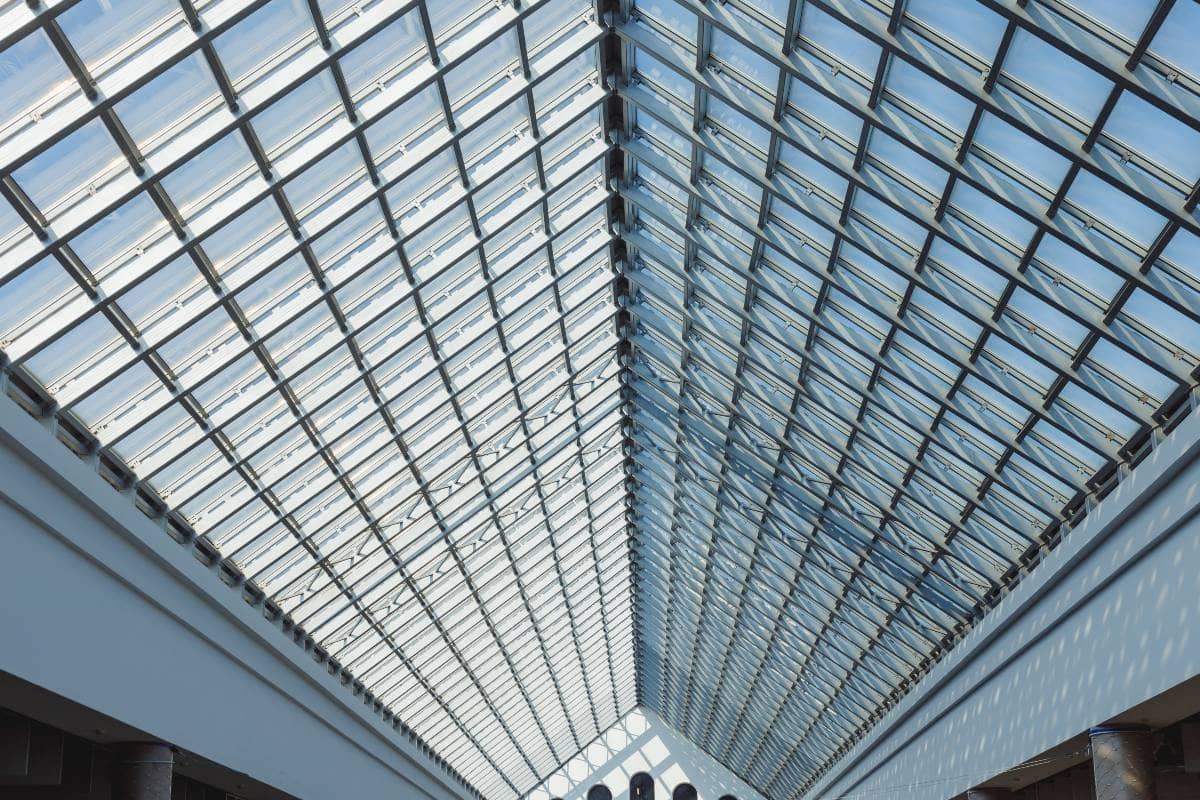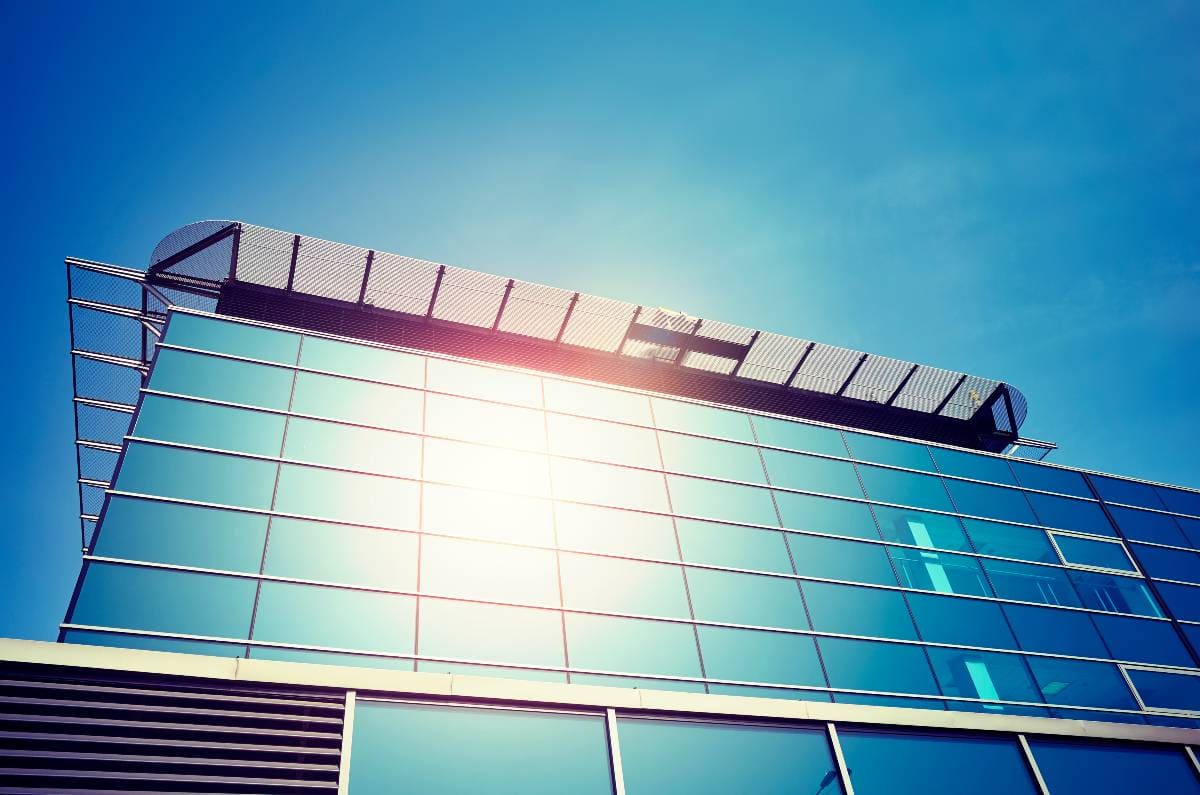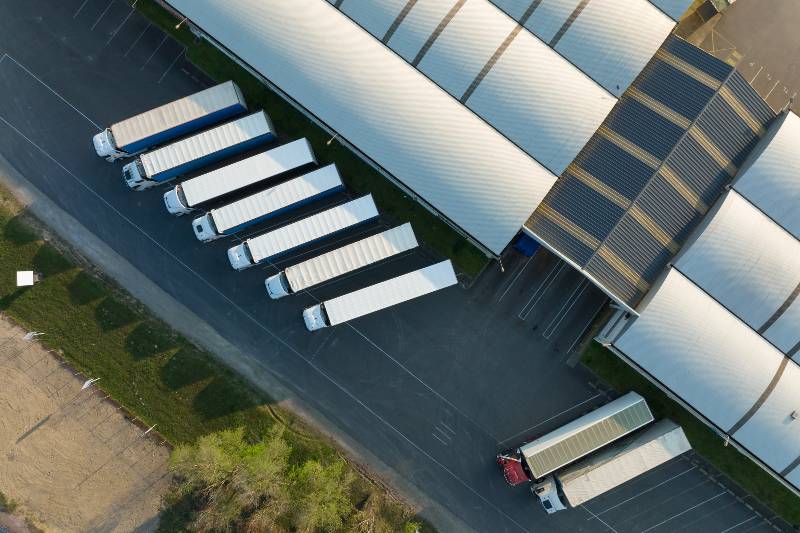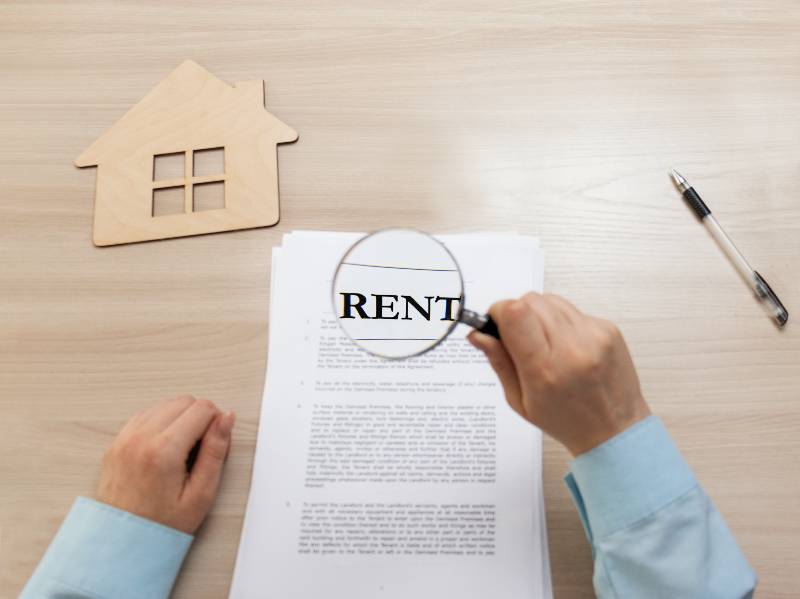As a commercial real estate professional with nearly two decades of experience, I’ve seen firsthand how the right roofing choice can dramatically impact a property’s energy efficiency and overall value. It’s a topic that might not seem exciting at first glance, but trust me, the impact on your bottom line can be truly remarkable.
Did you know that commercial buildings consume about 20% of all energy used in the United States? That’s a staggering figure, and a significant portion of that energy goes towards heating and cooling. This is where energy-efficient roofing comes into play, acting as a critical component in the overall energy strategy of a commercial building.
Key Takeaways
- Energy-efficient roofing can significantly reduce operational costs for commercial buildings
- Various roofing systems offer different benefits, from cool roofs to green roofing solutions
- Implementing energy-efficient roofing can lead to improved indoor comfort, extended roof lifespan, and potential tax incentives
Types of Energy-Efficient Roofing Systems
Let’s dive into the various types of energy-efficient roofing systems available for commercial properties. Each system has its unique advantages, and the right choice depends on various factors specific to your building and location.
Single-Ply Membrane Roofing
Single-ply membrane roofing is a popular choice for commercial buildings due to its versatility and energy efficiency. There are three main types:
- EPDM (Ethylene Propylene Diene Terpolymer): This synthetic rubber roofing membrane is known for its durability and resistance to UV radiation. While traditionally black, white EPDM is available for improved reflectivity.
- PVC (Polyvinyl Chloride): PVC roofing is highly reflective and resistant to chemical exposure, making it an excellent choice for restaurants or industrial facilities.
- TPO (Thermoplastic Polyolefin): TPO is gaining popularity due to its energy efficiency and cost-effectiveness. It provides excellent solar reflectivity without the need for additional coatings.
Built-Up Roofing (BUR)
Built-up roofing, or BUR, is a time-tested system consisting of alternating layers of bitumen and reinforcing fabric. While traditional BUR systems weren’t known for energy efficiency, modern versions can incorporate reflective cap sheets or coatings to improve their energy performance.
Modified Bitumen Roofing
Modified bitumen roofing is an evolution of BUR, offering improved flexibility and durability. When topped with a reflective surface, these roofs can provide excellent energy savings, especially in warmer climates.
Metal Roofing
Metal roofing, particularly standing-seam metal roofs, is a highly energy-efficient option. Even without special coatings, metal roofs can reflect a significant portion of solar radiation. When combined with cool roof coatings, they become powerhouses of energy efficiency.
Vegetative (Green) Roofing
Vegetative roofing, also known as green roofs, offers a unique approach to energy efficiency. These systems provide excellent insulation, help manage stormwater, and can significantly reduce the urban heat island effect. They’re particularly beneficial in dense urban areas.
Blue Roofs
Blue roofs are designed for stormwater management but can also contribute to energy efficiency when combined with reflective materials. These systems temporarily store rainwater, releasing it slowly to reduce strain on stormwater systems.
Key Components of Energy-Efficient Roofing

Understanding the key components that make a roof energy-efficient is crucial for making informed decisions about your commercial property.
Reflectivity and Emissivity
Reflectivity and emissivity are two critical properties of energy-efficient roofing materials:
- Reflectivity refers to the roof’s ability to reflect solar radiation rather than absorb it.
- Emissivity is the roof’s ability to release absorbed heat.
High reflectivity and emissivity work together to keep your building cooler, reducing the load on your HVAC systems.
Insulation
Proper insulation is vital for energy efficiency. Polyiso insulation is a popular choice due to its high R-value per inch, meaning it provides excellent thermal resistance. Good insulation keeps heat out during summer and during winter, leading to year-round energy savings.
Ventilation and Daylighting
Proper ventilation helps regulate temperature and moisture levels in your roofing system. Daylighting through strategically placed skylights can reduce the need for artificial lighting, further cutting energy costs.
Coatings and Finishes
Reflective coatings can significantly improve the energy performance of many roofing systems. These coatings, often rated by the Cool Roof Rating Council (CRRC), can be applied to existing roofs to enhance their reflectivity and emissivity.
Benefits of Energy-Efficient Roofing for Commercial Properties
Investing in energy-efficient roofing can yield numerous benefits for your commercial property:
- Reduced Energy Costs: By reflecting more solar radiation and improving insulation, energy-efficient roofs can significantly reduce cooling costs.
- Improved Indoor Comfort: Better temperature regulation leads to more consistent indoor temperatures, improving comfort for building occupants.
- Extended Roof Lifespan: Energy-efficient roofs often last longer due to reduced thermal stress and UV exposure.
- Environmental Impact: These roofing systems can help reduce your building’s carbon footprint and contribute to sustainability goals.
- Potential for Tax Incentives and Rebates: Many jurisdictions offer financial incentives for installing energy-efficient roofing systems.
Selecting the Right Energy-Efficient Roofing System
Choosing the right energy-efficient roofing system involves considering several factors:
- Climate Considerations: Your local climate plays a significant role in determining the most effective roofing system.
- Building Structure and Design: The shape and structure of your building can influence your roofing choice.
- Budget and Long-term Cost Analysis: Consider both the initial investment and long-term savings when making your decision.
- Local Building Codes and Regulations: Ensure your chosen system complies with all relevant regulations.

FAQs
What is the most energy-efficient roofing material for commercial buildings?
How much can a cool roof reduce energy costs for a commercial property?
Are green roofs more energy-efficient than traditional roofing systems?
How does climate affect the choice of an energy-efficient roofing system?
What are the LEED certification benefits of installing an energy-efficient roof?
Conclusion
Energy-efficient roofing is more than just a trend—it’s a smart business decision that can lead to significant cost savings and improved property performance. From cool roofs to green roofs, the options available today offer solutions for virtually any commercial property.
As you consider your roofing options, remember that an energy-efficient roof is an investment in your property’s future. It can lower operating costs, increase property value, and contribute to a more sustainable built environment.
Ready to explore how energy-efficient roofing can benefit your commercial property? Let’s discuss your specific needs and find the perfect roofing solution. Contact me, Mike Tolj, to schedule a consultation. Together, we’ll develop a strategy to maximize your property’s energy efficiency and value. Don’t miss this opportunity to reduce costs and improve your property’s performance—reach out today!




